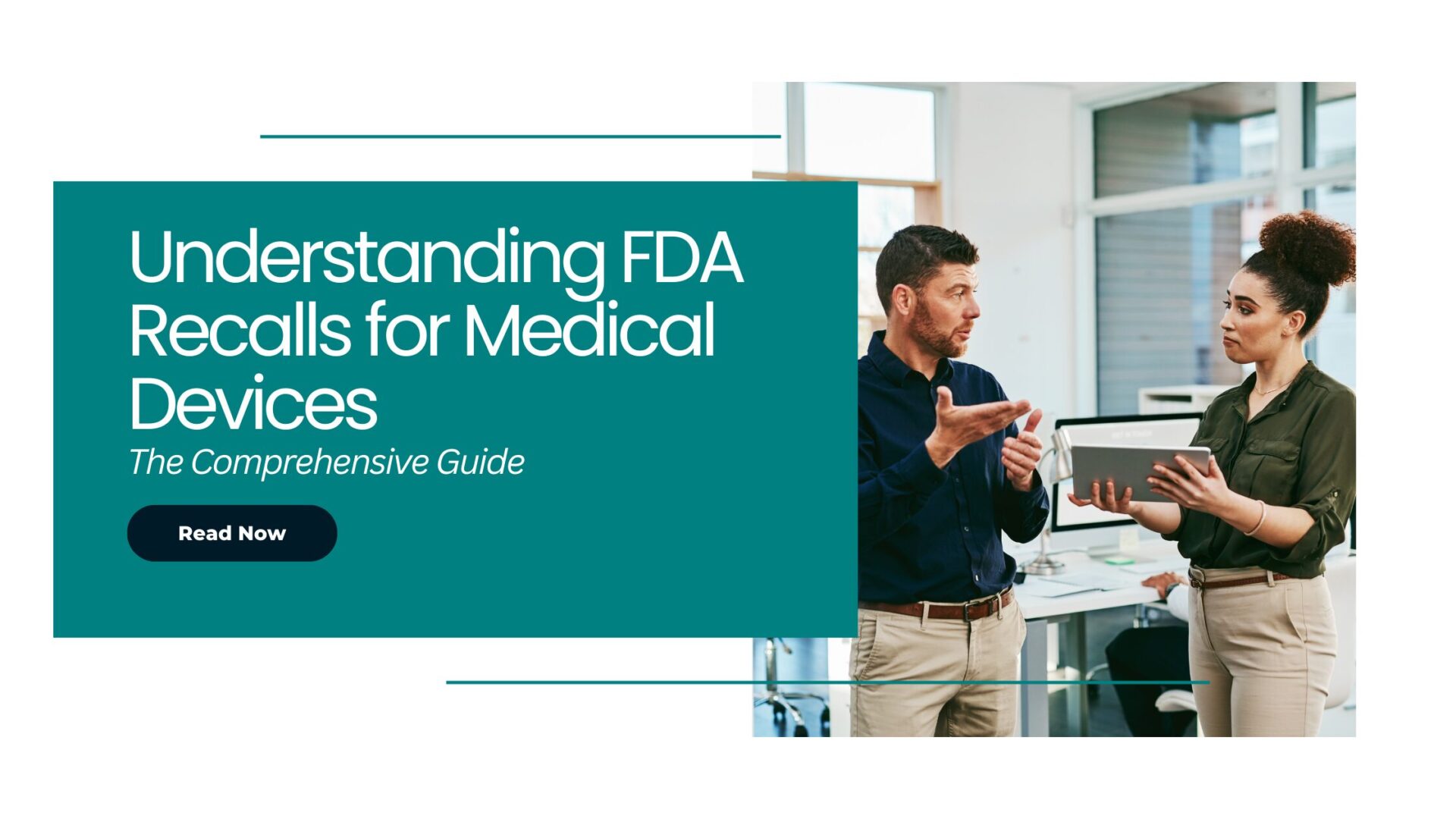Have you ever wondered if the cheese you eat is pasteurized? With increasing consumer awareness, a modern consumer demands to be informed of dairy products that have not been subjected to pasteurization. Consequently, we thought to discuss the safety concerns of raw milk cheese.
Milk forms an integral part of American Diet. The total milk production in the United States summed up to 2,08,494 million pounds in 2015. Although a small percentage (less than 1%) of the U.S population consumes raw milk in comparison to pasteurized milk, every consumer needs to be aware of the perils associated with the consumption of raw milk. Let’s take a closer look at some facts:
Raw Milk VS Pasteurized Milk

Dangers of Raw Milk
• An analysis by the Centres for Disease Control and Prevention (CDC) showed that more than 1500 people in the United States became sick from drinking raw milk or eating cheese made from raw milk
• This unpasteurized milk can carry dangerous bacteria such as Salmonella, E. coli, and Listeria, which are responsible for causing numerous foodborne illnesses
• People with weakened immune systems, older adults, pregnant women, and children are more susceptible to such bacteria present in raw milk
What do you need to watch out for?
• Consumers must read the label on milk or milk products. Be assured that dairy products are in fact pasteurized if the label calls out ‘pasteurized’
• Get to know from store employees if specific brands are pasteurized

FDA’s new criteria for Raw Milk Cheese:
Certain issues amongst cheese-makers have cropped up on account of the FDA’s recent update on implementing safety criteria that would limit the production of raw milk cheese.
In order to implement a safety criteria, FDA plans to:
- Review the scientific basis for the belief that aging cheese for 60 days or longer kills disease-causing bacteria
- Include the application of the test results for the presence of non-toxigenic E. coli, as bacteria above a certain level, could indicate unsanitary conditions in a processing plant
- Examine what role non-toxigenic E. coli should have in identifying and preventing insanitary conditions and food safety hazards for both domestic and foreign cheese producers
- Update the 2010 Compliance Policy Guide that outlines safety criteria
Guidance Documents to benefit from:
• Dairy Product Manufacturers
• Guidance for Industry: Dairy Farms, Bulk Milk Transporters, Bulk Milk Transfer Stations and Fluid Milk Processors: Food Security Preventive Measures Guidance
• Guidance for Industry: Food Producers, Processors, and Transporters: Food Security Preventive Measures Guidance
• FDA Food Safety Modernization Act (FSMA)
Picture credits: Ayurveda Yogashram, Amazon.com, FDA




















